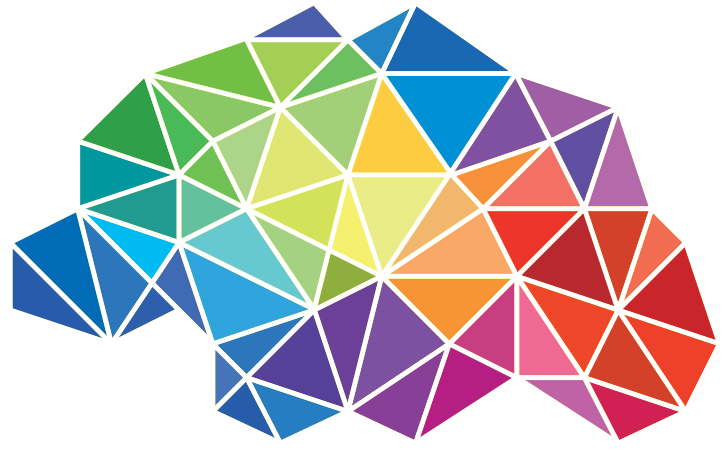Read this Podcast Online
7 Lessons from Leonardo Da Vinci
Have you been to a Disneyland theme park or Disney cruise? It’s some of the best fun you can have as a little or a big kid - I highly recommend it. However, there was a time that Disney nearly went bankrupt.
You see after the successful years of Walt and Roy Disney, the company started losing traction, customer satisfaction was falling, revenue was falling and the writing was on the wall that unless something changed, it would be game-over for Disney. That’s when they installed a new CEO in Bob Iger. Whilst we’ve been staying at home with Covid19, I signed up for Masterclass and have been watching Bob Iger’s lessons, and he shares how he turned around a failing company into the mega business that it is today.
We know that we can’t rest on our successes of the past, or indeed of today. We must ready ourselves for the world of 2025, a world that keeps the customer at the centre, a customer which of course is a digital native.
Disney’s digital transformation programme had four pillars. Firstly improving the customer experience using analytics, this enabled the second pillar of personalisation using connected products and integrations, the third was interactivity by using digital tools across channels and lastly, enhancing operational efficiency by taking a data-driven approach.
There’s a bigger game here however because what Disney was actually seeking through making all these changes, is to create Moments that Amaze. They sought to create magic for the customer by augmenting the customer experience in three ways.
SEAMLESS
Firstly by removing friction points for customers, which meant Disney and it’s people had to be willing to change their proven ways of doing things, and current processes, in favour of simplification that better served the customer.
PERSONALISE
The second was personalisation, the customer wasn’t interested in the company as much as they were in themselves, so by providing relevant information to the customer, from the customers perspective, not the companies, it further enhanced the customer experience. When you think about it, that just makes good sense, “hey we noticed your product is performing at X, we’ve gone ahead and upgraded you to Y to maintain your connection” sounds a lot customer focussed, than ‘when you’re ready to upgrade your service, there is a list of options we’ve sent to your email, just call us to let us know what you’d like and we’ll see if it’s still available at the time of purchase or if a similar product might suit your needs, once we get the hardware from our suppliers we will contact you with an anticipated upgrade date and coordinate with your team’. Eeek
INTEGRATE
The last was consistency with integrations, as the customer moved from the website to the physical park environment, boarded a cruise ship, paid for an item, entered a hotel room, everything was manageable off a single wristband or connected across devices on their digital journey. The customer didn’t need to remember, where they were up to, which device they used, where that email was, they just had to go about their day because their digital fingerprint was so richly integrated that what they needed was ready before they even realised they needed it.
Talk about Moments that Amaze, right!
So when it comes to preparing our business for 2025, how might we remove friction points for our customers, personalise their experience with and better integrate the customer journey across the lifecycle of their engagement? These sound like big questions that senior leaders are meant to solve, but actually, they are for people like you and me. There’s great wisdom in crowds, you just have to be willing to take a moment and consider, how could I make life simpler for my customer, and how could I make life simpler for my team?


